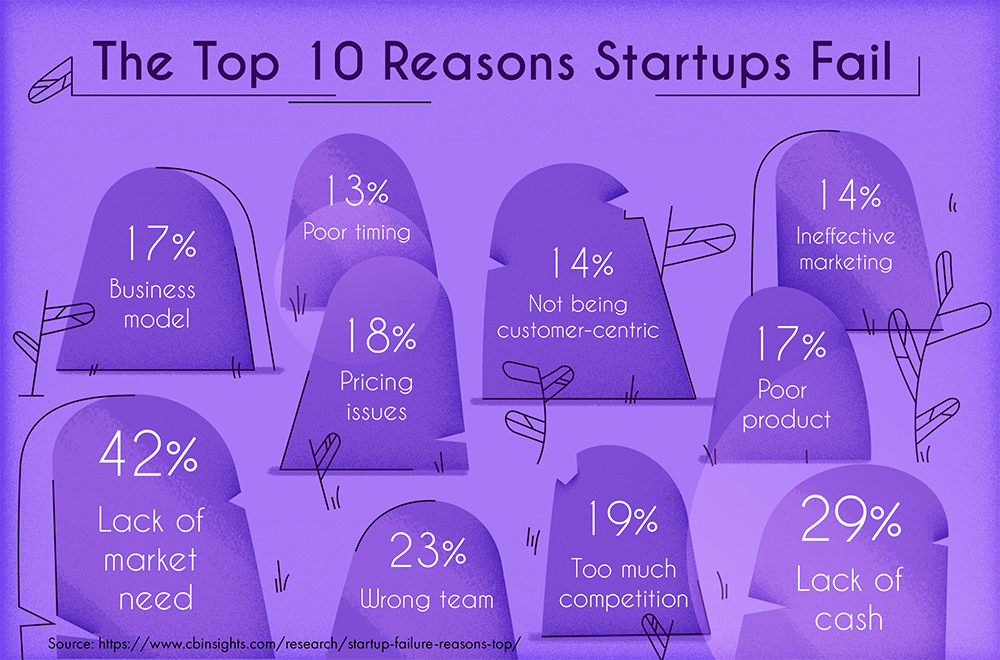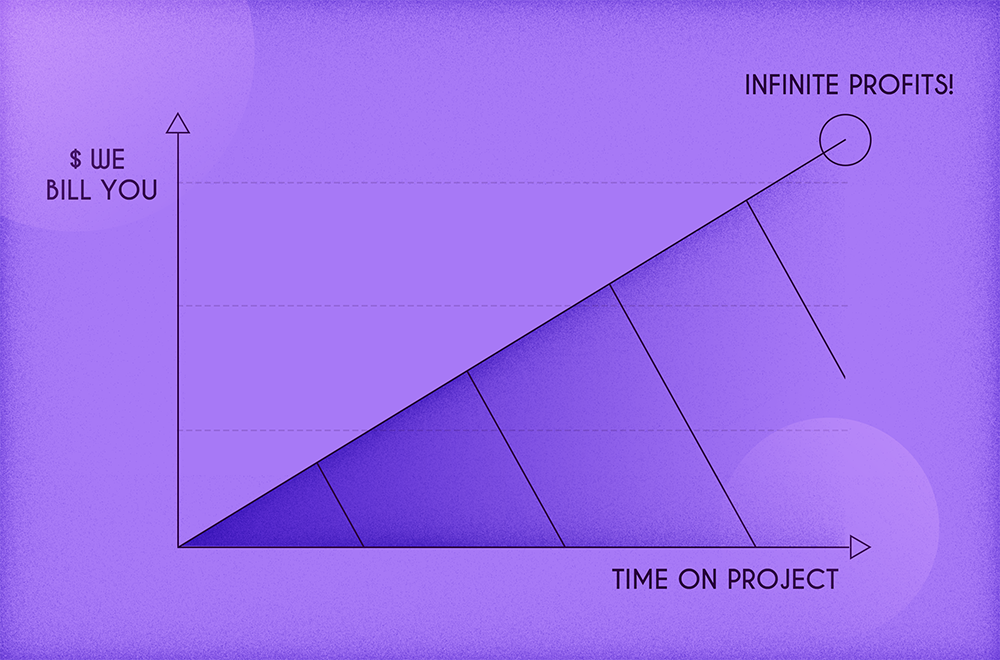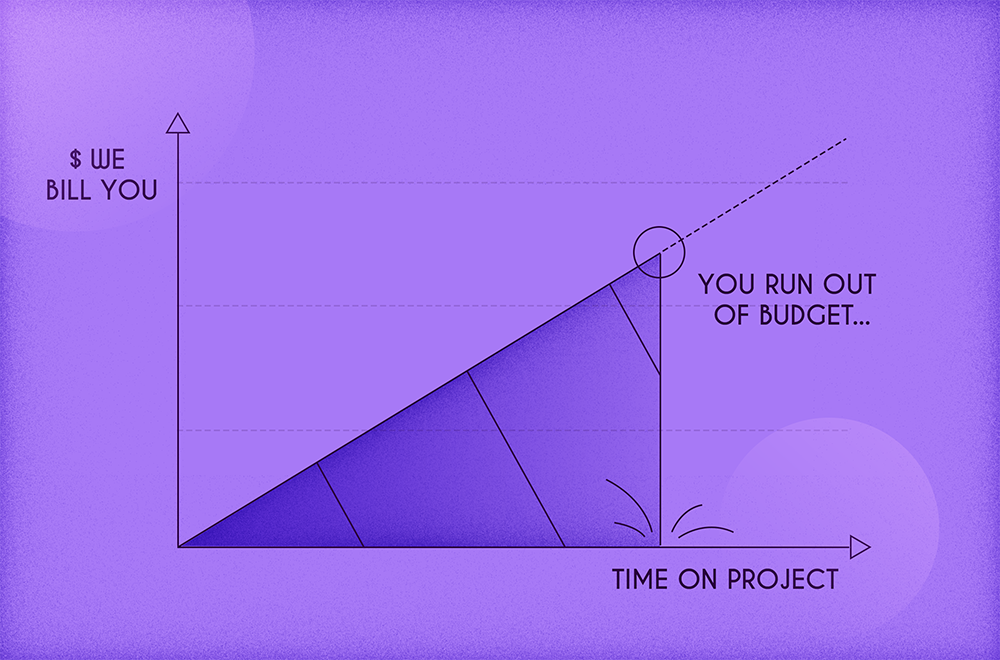Maybe it’s not entirely accurate, but let me elaborate a bit. It’s more like we’d like you to pay us as little as possible (it’s one of those paradoxes of running a digital agency), but in the long run, it’s a WIN-WIN situation.
Yet, I’m running ahead of myself. Let’s say you have this idea for a digital product. Congratulations, you’re about to make millions. Before that happens, however, you’ll sleep like a baby!
Startups are hard. Almost 90% of them never get past the seed stage. In case you’re wondering how hard it really is, Sebastian has put together some stats here.
It’s also worthwhile having a look at why they fail:

While there are many different ways of making sure you don’t make the obvious mistakes at each stage (e.g. problem-solution fit, product-market fit, etc., etc.) — they are not a focus area of this article. As you can see from the stats above, it’s not so easy to succeed, but giving up is not an option either. Failure can be a step to success if you’re willing to learn from your mistakes and constantly test your new ideas.
Although you might think that our goal is to max out the budget, it’s not. Our goal is to get you to a reliable, repeatable business with the budget you have at your disposal, as that brings more business back. The last thing we want is to burn the money through it all without having a working and verified product.
Let’s see what we’re dealing with here, shall we?
This is how we do it (and how we don’t do it)
To digress a little — we are running the agency for profit (Duuh!). Since the projects we work on are time&material, from the outside you might think this is how the incentives are set:

But this is wrong. There’s no such thing as an open budget project, so if we had no consideration of your budgetary constraints, the project would look a little more like this:

This is clearly a situation in which everyone loses, don’t you agree?
There has to be the way in which everybody wins… and there is.
Taking a step back — when you have something you’re ready to launch to the public, till that point you’ve been building something YOU perceive as valuable. It is now the time for YOUR USERS to verify that. More often than not, they will not agree with your vision and you’ll need to make adjustments or even pivot.
So the obvious conclusion is to validate your product with your users ASAP. The quicker the better, and the more validations you do the higher chances of arriving at something your users desire. The ideal graph will, therefore, look a little more like this:

This is why we always want to max out the number of validations you can make with us. Sometimes this means that some extremely hard product choices need to be made. Not a single founder likes these choices, as they initially seem to handicap the product. In fact, in some cases, clients outrightly resent us for the suggestions that sometimes are being perceived as moves designed to kill it.
However, it is only when you start making the hard, but necessary choices, the real work on the product begins. Having worked on numerous projects over the years, that’s the trait we’re seeing in the successful companies. And it’s hard as hell to be one.

Kacper Sulisz
CEO

